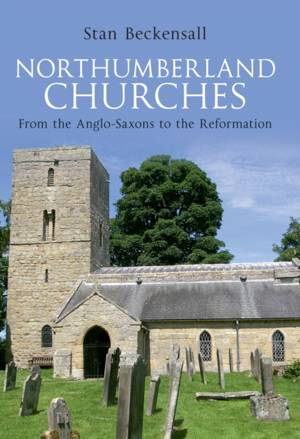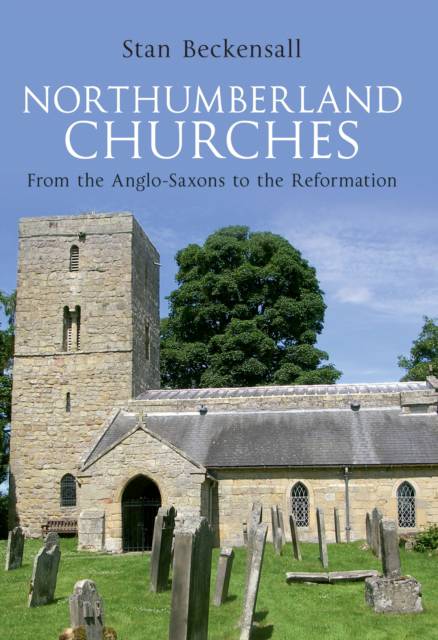
- Afhalen na 1 uur in een winkel met voorraad
- Gratis thuislevering in België vanaf € 30
- Ruim aanbod met 7 miljoen producten
- Afhalen na 1 uur in een winkel met voorraad
- Gratis thuislevering in België vanaf € 30
- Ruim aanbod met 7 miljoen producten
Zoeken
€ 22,45
+ 44 punten
Omschrijving
Northumberland was one of the greatest influences on the development of Christianity in Europe. Stan Beckensall guides the reader in words and full-colour pictures through the history of Northumberland's old churches, from the Anglo-Saxon period to the Reformation. The architecture of these beautiful buildings provides a unique insight into the history of the county. The Anglo-Saxon period saw the production of the Lindisfarne Gospels on Holy Island and those of the Venerable Bede in nearby Jarrow. This 'golden age' also produced exceptionally fine church buildings and their contents, many of which were later to be laid waste by Vikings. This book traces the achievements of that age through remaining structures such as the incredible crypt at Hexham, the tall, slender towers that are still part of many churches, and other features. The Norman period is also well represented, followed by the Transitional period when the pointed arch began to replace the rounded one, until it replaced it fully. Northumberland's development was then largely determined by its position as border country, which seriously affected church construction, the emphasis being more on defence in castles and fortified towers. Such period trends were confined to slight changes in existing churches, and there were few later developments except in Alnwick, protected by the defences of that town. In addition, Beckensall looks at the origins of the names of towns and villages that had churches, and comments on their location, with the help of stunning aerial photography.
Specificaties
Betrokkenen
- Auteur(s):
- Uitgeverij:
Inhoud
- Aantal bladzijden:
- 96
- Taal:
- Engels
Eigenschappen
- Productcode (EAN):
- 9781445604367
- Verschijningsdatum:
- 15/06/2013
- Uitvoering:
- Paperback
- Formaat:
- Trade paperback (VS)
- Afmetingen:
- 165 mm x 234 mm
- Gewicht:
- 305 g

Alleen bij Standaard Boekhandel
+ 44 punten op je klantenkaart van Standaard Boekhandel
Beoordelingen
We publiceren alleen reviews die voldoen aan de voorwaarden voor reviews. Bekijk onze voorwaarden voor reviews.








